In a dimly lit London gallery, visitors clutch champagne flutes while staring at portraits that glisten unnaturally under the spotlights. The subjects – Winston Churchill, Cecil Rhodes, and other imperial figures – appear hauntingly alive, their eyes following viewers across the room. Only when reading the small placard do guests realize they're gazing at artworks painted entirely with human blood.
The controversial exhibition "Scarlet Legacies" by Chilean artist Marco Ortiz has ignited fierce debate across the art world and beyond. Using his own blood collected over eighteen months, Ortiz has created hyperrealistic portraits of historical figures associated with colonialism. Each brushstroke contains hemoglobin, each facial contour shaped by centrifuged plasma. The works literally embody what the artist calls "the physical cost of empire."
A Radical Form of Protest
Ortiz's methodology is as meticulous as it is disturbing. The 34-year-old artist undergoes biweekly blood draws under medical supervision, processing the vials through separation techniques normally used in laboratories. "The plasma gives me translucent washes for skin tones," he explains in the exhibition catalog. "The concentrated red cells create those rich, velvety shadows in military uniforms."
For supporters, the project represents a groundbreaking fusion of bio-art and political commentary. Art historian Dr. Priya Desai from SOAS University sees the blood medium as essential to Ortiz's message: "He's materializing the abstract concept of colonial violence. When you stand before Churchill's portrait, you're literally facing the life force extracted from the global south." Activist groups have praised the exhibition for forcing uncomfortable conversations about historical accountability.
The Ethics of Extreme Art
Medical professionals have raised alarms about the potential normalization of self-harm in artistic practice. The British Medical Association released a statement warning that "glorifying repeated bloodletting could trigger dangerous behavior among vulnerable individuals." Psychologists point to the exhibition's timing during a mental health crisis, questioning whether such visceral shock tactics help or hinder constructive dialogue.
Meanwhile, descendants of the portrayed figures have condemned the project as grotesque character assassination. A spokesperson for the Churchill family called the portraits "a vampiric distortion of history that reduces complex individuals to single-dimensional villains." Legal scholars debate whether blood qualifies as a prohibited "human remain" under UK public health statutes, though no regulatory body has moved to shut down the exhibition.
The Market for Moral Outrage
Despite – or perhaps because of – the controversy, all twelve blood portraits sold within hours of the opening. Collectors paid between £80,000 to £120,000 per work, with the Rhodes portrait reportedly acquired by a cryptocurrency billionaire. This commercial success has prompted uncomfortable questions about whether radical protest art inevitably becomes commodified by the systems it critiques.
Gallery director Eleanor Whitmore defends the sales: "The prices reflect the extraordinary labor and risk involved. Marco literally poured his life into these pieces." She notes that 30% of proceeds fund reparations initiatives in former colonies. Yet critics observe that the majority of funds enrich the very institutions that Ortiz's work ostensibly challenges.
Preservation Puzzles
Conservators face unprecedented challenges with these biological artworks. Unlike traditional paintings, the blood portraits require climate-controlled vitrines and regular monitoring for cellular degradation. "Hemoglobin breaks down in predictable ways," explains conservation scientist Dr. Felix Arnott. "We're seeing fascinating patina development – the Rhodes portrait has developed greenish oxidation rings around the eyes that some visitors interpret as symbolic."
The ephemeral nature raises philosophical questions: As the blood chemically transforms over time, does the artwork's meaning evolve? Should conservators intervene to maintain the original appearance, or let the portraits "die" naturally? The gallery has opted for minimal stabilization, allowing the works to change as Ortiz's blood cells gradually perish on the canvas.
Blood as Medium and Message
Ortiz follows a long tradition of artists using body fluids – from Andres Serrano's controversial photographs to Marc Quinn's self-portrait in frozen blood. However, art theorists argue this project pushes further by making the medium inseparable from its political critique. "The blood isn't just shock value," argues curator Rohan Silva. "It's forensic evidence, demanding we confront colonialism's literal body count."
Yet some question whether such literalness flattens historical complexity. Cambridge historian Prof. Jeremy Pike notes: "Reducing empire to bloodshed ignores nuanced narratives of cultural exchange and modernization. Art this didactic risks becoming political propaganda." Others counter that mainstream histories have long whitewashed colonial violence, requiring radical correction.
The Artist's Sacrifice
Ortiz appears physically diminished since beginning the project, his pallor noticeable during gallery appearances. When asked about health concerns, he shrugs: "Colonialism took far more blood than I've donated." This statement encapsulates the work's central tension – is this profound bodily commitment the ultimate artistic authenticity, or a dangerous precedent that could pressure artists toward increasingly extreme acts?
As museums in Berlin and Toronto negotiate to host the exhibition, the debate shows no signs of abating. Whether viewed as moral reckoning or ethical transgression, Ortiz's blood portraits force viewers to confront uncomfortable questions: How do we visually represent historical trauma? At what point does commemoration become exploitation? And in our era of performative activism, does art still possess the power to genuinely unsettle?
The crimson hues darken slightly each week as the portraits continue their slow oxidation. Like the histories they depict, these artworks refuse to remain static – changing color, meaning, and emotional impact long after leaving the artist's veins.

By /Jun 26, 2025

By /Jun 26, 2025

By /Jun 26, 2025

By /Jun 26, 2025
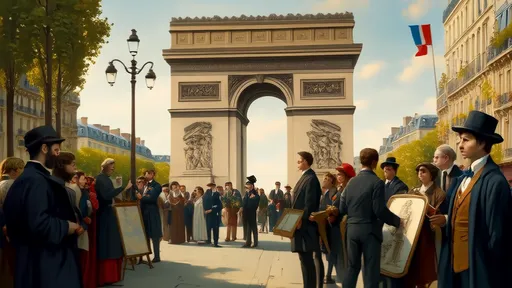
By /Jun 26, 2025

By /Jun 26, 2025
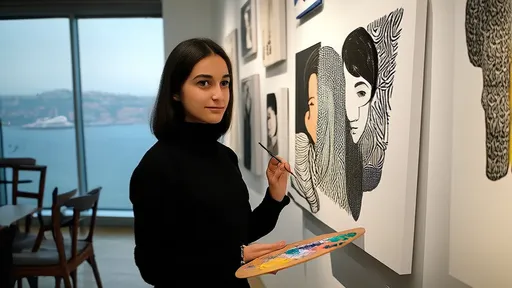
By /Jun 26, 2025
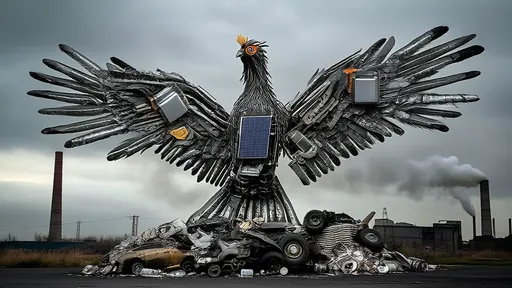
By /Jun 26, 2025

By /Jun 26, 2025
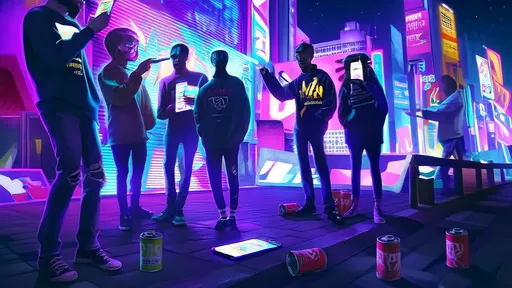
By /Jun 26, 2025
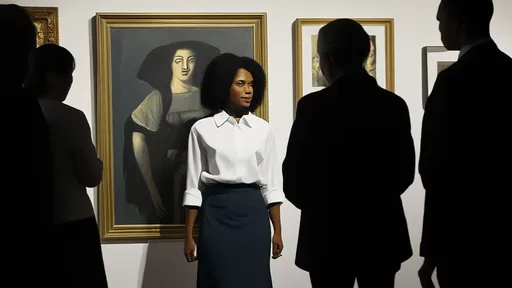
By /Jun 26, 2025
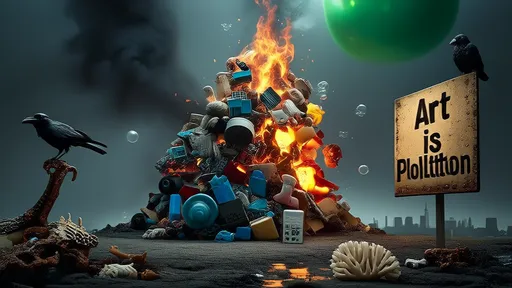
By /Jun 26, 2025
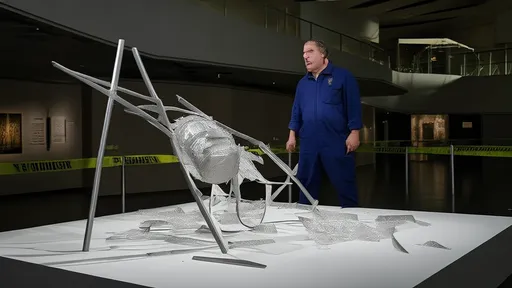
By /Jun 26, 2025
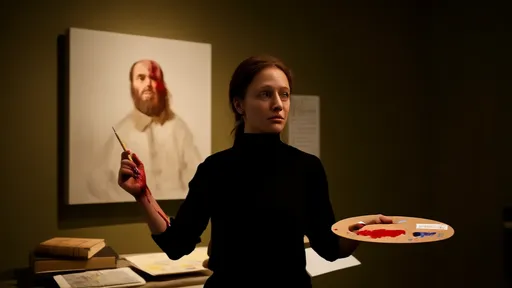
By /Jun 26, 2025
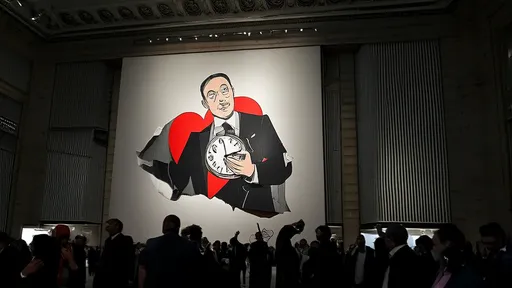
By /Jun 26, 2025

By /Jun 26, 2025

By /Jun 26, 2025